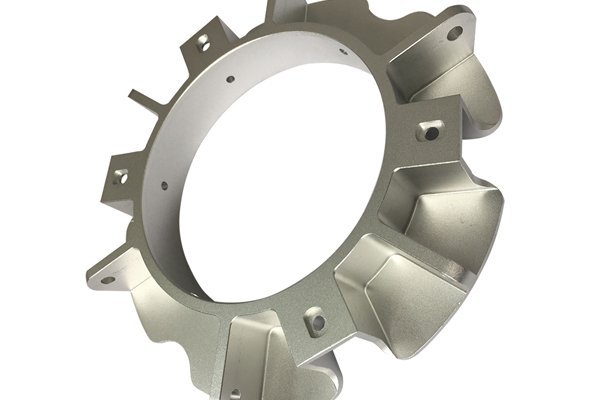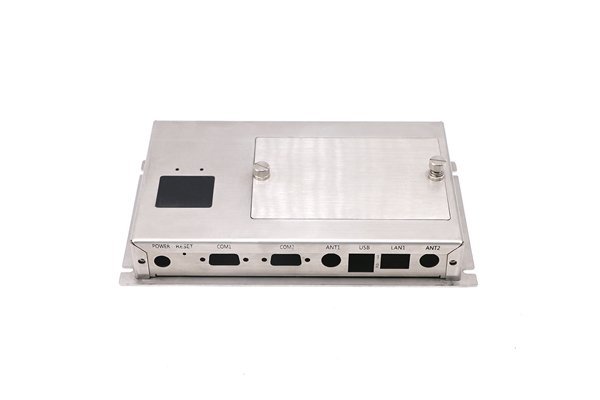: Are You Aware of the Scale of CNC Machining?
Did you know that the global CNC machining market is projected to reach USD 100 billion by 2027? This explosive growth is not an accident; it is a direct response to increasing demand for precision-engineered components in industries like aerospace, automotive, and—most crucially—home appliances. As we gravitate toward more sophisticated and capable home products, CNC (Computer Numerical Control) machining has become an indispensable force in ensuring that these appliances meet both functional and aesthetic standards.
However, with great advancements come great challenges. For professionals in the home appliance industry, understanding the complexities involved in CNC machining can mean the difference between success and failure. From managing materials that cater to modern consumer preferences to ensuring high accuracy in alignment and fitting, each step presents unique hurdles. In this blog, we will delve deep into these challenges and provide targeted solutions to overcome them.
Understanding the Challenges in CNC Machining for Home Appliances
One of the first hurdles in CNC machining for home appliances is choosing the right material. With the evolving needs of consumers demanding eco-friendly, durable, and cost-effective products, manufacturers often find themselves at a crossroads.
Solution: Comprehensive Material Research
It is vital for manufacturers to invest time in researching the properties of various materials. Metal, plastics, and composites each have their advantages and limitations. For instance:
Engaging with materials scientists and conducting tests can help manufacturers select the most suitable material that aligns with product requirements, sustainability, and consumer expectations.
When crafting intricate parts for appliances—such as gears, shafts, and frames—the margin for error is slim. Even the slightest miscalculation in measurements can lead to costly recalls or product failures.
Solution: Advanced CNC Technology
To address issues of accuracy, investing in high-precision CNC machines equipped with advanced software and sensors is essential. Features such as real-time monitoring systems can help operators catch discrepancies early in the production process, ensuring part profiles closely adhere to specifications.
Implementing rigorous quality control benchmarks during and after production, including regular calibration of machines, can further enhance machining accuracy.
Home appliances frequently demand parts with complex geometrical shapes that require advanced machining techniques. However, creating intricate designs can complicate the machining process.
Solution: Dual-Process Machining
Using dual-process machining setups—where both milling and turning operations are harnessed—can solve the complexity of producing uniquely shaped components. This method diminishes the need for multiple setups and allows for sustainable and efficient production practices.
Incorporating solid modeling software early in the design phase helps visualize complexities, making it easier to generate precise machining paths.
Consumers are increasingly focused on sustainability. Therefore, manufacturers in the home appliance sector must consider their environmental impact during CNC machining.
Solution: Eco-Friendly Practices
Adopting eco-friendly materials and manufacturing methods is a multifaceted approach to tackling sustainability concerns. This can include:

Additionally, reducing coolant usage through dry machining techniques can minimize chemical waste and improve the ecological footprint of the manufacturing process.
There is a notable shortage of skilled labor in the machining industry, which poses a significant challenge for manufacturers trying to keep up with production demands.
Solution: Investing in Training and Technology
Manufacturers should invest in comprehensive training programs to cultivate a skilled workforce. Partnering with vocational schools and technical institutes can provide apprenticeships that foster hands-on experience.
In conjunction, the use of automation and CNC technology can compensate for workforce shortages while maintaining efficiency and precision.
Margins in the home appliance industry can be small, leaving manufacturers under pressure to reduce costs while maintaining quality.
Solution: Lean Manufacturing
Embracing lean manufacturing techniques can significantly improve cost management. This philosophy focuses on waste reduction and efficiency optimization, encouraging manufacturers to continuously assess their processes and make necessary adjustments.
Investing in ERP (Enterprise Resource Planning) systems can also aid in budgeting and resource allocation, helping companies stay within financial parameters while meeting production goals.
Global supply chains have experienced significant disruptions in recent years, and this can lead to complications in sourcing materials and components for CNC machining.
Solution: Diversifying Suppliers
To mitigate supply chain issues, manufacturers should consider establishing relationships with multiple suppliers to reduce dependency on single sources. This diverse approach ensures greater flexibility in material procurement and reduces production delays.
Additionally, investing in domestic suppliers can aid in more reliable and timely delivery of raw materials, in particular for commonly used CNC machining materials like aluminum and steel.
: A Bright Future for CNC Machining in Home Appliances
As we have explored throughout this blog, while CNC machining in the home appliance industry presents numerous challenges, there are effective solutions available. From meticulous material research to embracing technology and efficient practices, manufacturers have the tools to navigate these complexities successfully.
In an industry where consumer expectations are ever-changing, staying ahead of technological trends and prioritizing sustainability is more crucial than ever. The advancements in CNC machining offer a promising pathway to delivering high-quality, innovative, and dependable home appliances.
In summary, the core techniques we’ve covered—adopting comprehensive material research, leveraging advanced CNC technologies, embracing eco-friendly practices, investing in skilled labor, employing lean manufacturing, and diversifying supply chains—will empower manufacturers to succeed in this competitive landscape.
Remember, understanding the challenges and actively seeking out solutions is imperative for success in CNC machining within the home appliance industry. This blog serves as a reminder of the importance of innovation and adaptation in continually refining manufacturing processes and meeting consumer needs. The future of home appliances rests in the capable hands of CNC machining—an exciting frontier filled with potential.






